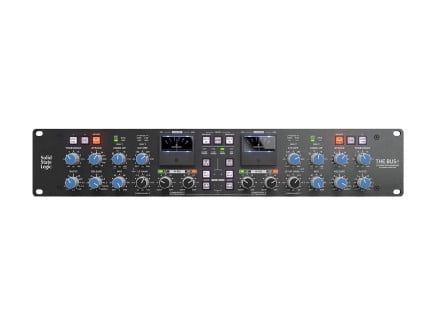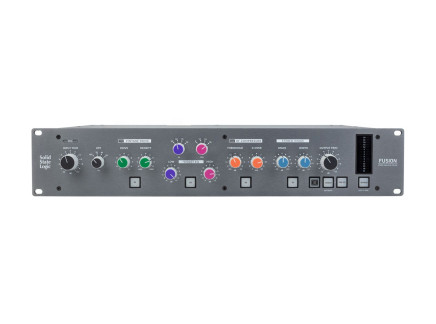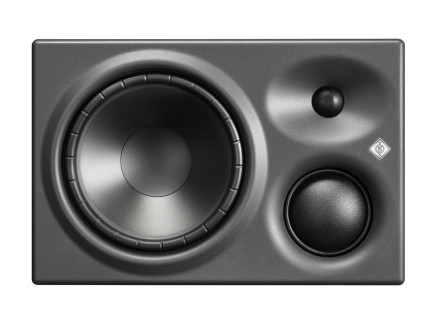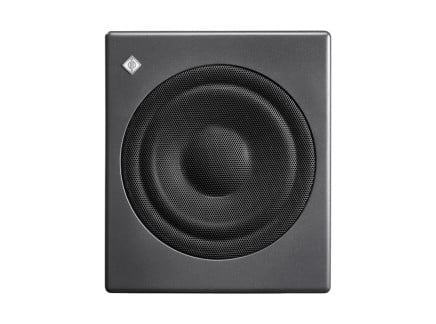Synth History is a magazine, podcast and website focusing on synthesizers and the musicians who use them. Founded and curated by musician and producer Danz CM, the Recommends Series is a special segment in Synth History's yearly printed magazine. We're sharing Synth History's recent Recommends Series feature with producer/recording engineer Abe Seiferth, in which he breaks down the gear that is crucial to his own creative workflow.
Abe Seiferth Recommends
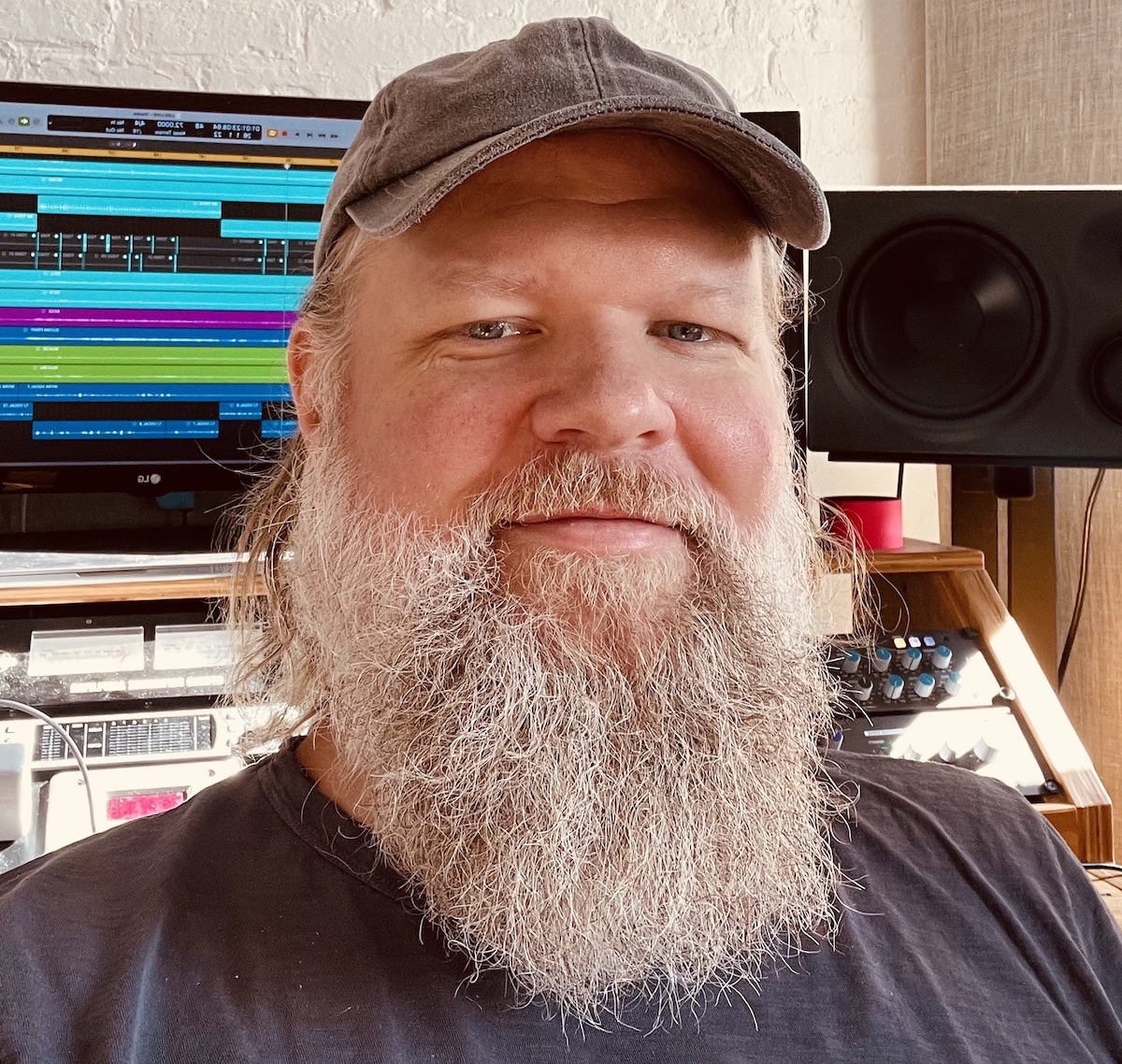
Abe Seiferth is a mixer and producer based in NYC and part of the original DFA crew—a crew full of extremely talented individuals (LCD Soundsystem, Holy Ghost). After engineering records at DFA Studios, he opened up his own spot where he has worked with a number of artists, like Nation of Language, Guerilla Toss, Yeasayer and more. When I first met Abe back in 2014, I was just beginning to really get into hardware synthesizers myself (he mixed some of my tunes for my-then music project, Computer Magic). The first time visiting his Transmitter Park studio in Greenpoint was so exciting for me—not only was it one of the first times I experienced a music studio in New York City with windows—a rare occurrence indeed, but there were synthesizers galore. If there is anyone I know who would be good at recommending gear, it's Abe.
Roland Juno-106

With all the synths in the room, this is the one that gets used the most. It just fits right in the mix and if you need to change the sound, it’s easy and intuitive. The original presets are so good. I got lucky finding one on Craigslist about 15 years ago. The seller was letting it go for $250 because they didn’t like the piano sound. However; I’ve spent way more than that fixing it.
Moog Matriarch

The Matriarch has become the center of the synth station. It’s always connected to the computer via USB as a midi controller. The MIDI out from the Matriarch goes to all the rack synths. The CV and Gate out can control my SH101 and modular synths. On top of that, it sounds amazing. The monophonic mode gives me that classic Model D sound while the poly mode is so good for pads. In addition to all that there’s a stereo analog delay.
Rack Mount Synths

Eventually you run out of room. The rackmount synth was a popular format in the 80’s and 90’s, but now manufacturers make desktop boxes instead. The exception is the Mellotron Rack. These are the best samples of a Mellotron I’ve heard. Also filling up the rack is the MKS-80 and the Akai S612. The unsung heroes of the rack are the Behringer DIs. These allow me to get all the synths to show up on the patchbay.
Logitech MX Ergo

Anyone who has worked with me knows about my love for the Logitech MX ergo. After years of using trackballs, I started to get tendonitis. Having the ball moved by your thumb makes all the difference. It's Bluetooth and rechargeable which means I can work from anywhere in the room.
Logic
I started using Logic 3.5 in the early 2000s because it’s what randomly came with the interface I bought. Everyone told me to use Pro Tools but I stuck with Logic. When I landed a job working at DFA studios for James Murphy and he was using Logic, that solidified it and I haven’t turned back. I feel it’s the best DAW for combining MIDI and audio.
SSL Mix Bus+ and Fusion

I mix in the box and plugins rule, but I love my hardware mix bus. The lines between mastering and mixing are blurring. The SSL Fusion is really more of a mastering device with drive, EQ, and stereo imaging. The Bus+ is the ultimate version of the classic bus compressor.
Tapco 4400 Spring Reverb

I have owned various spring reverbs over the years and this one is my favorite. I love that it has the built in EQ. It gives me that classic spring sound in stereo that’s great for synths, drum machines and the occasional old school vocal.
Neumann KH 310 Studio Monitors

The Neumann KH 310 monitors paired with the KH 750 sub have been my favorite monitors to work on. More and more manufacturers are including DSP room correction in their speakers and Neumann has implemented it in a seamless way. You still need to treat your room with bass traps, absorption and diffusers to try and get your room as flat as possible. That’s when the DSP can work its best. Unless your room was built from scratch with an acoustician, the dimensions of your room will have some acoustic anomalies.
Windows
I’d much rather sacrifice an acoustically perfect room for having some windows to the outside world. Being able to daydream during a passive listen of a mix can help as much as anything.
Fender P-Bass + 90s MIJ '70s Reissue Fender Telecaster

This P-Bass is on most of the recordings I’ve worked on. A bass player friend of mine changed the strings to his favorite flat wounds about 5 years ago and I haven’t changed them since.
I’m a guitarist at heart. I have some guitars that stay at home, but this one never leaves the studio. Depending on the genre, I usually like guitars to sound pretty thin and chimey. That’s the sound of a telecaster. The made in Japan fenders from the 90s are great value.
Neon Egg Planetarium 2

I waited for a year to get one of these. The Planetarium does really interesting long and wide reverbs. I have used Valhalla reverb for years on everything (and still do), and this is a nice alternative. This adds a unique flavor. In general I like printing all my reverbs as I mix. Seeing them as an audio file in a session reminds me that they are just as important as everything else. I feel like I can dial it in more on a fader rather than a send or a mix knob.
Custom Desk
This desk has been with me in one form or another for the last 10 years. I worked with a carpenter, who would later do all the studio renovations on the floor where my studio is located. I wanted to design a desk that had the form factor of working on a console. Instead of faders it’s a work space. Instead of EQs, it’s the most important piece of gear right in front of me so I can dial in the settings while facing the speakers. The more the reclaimed wood gets worn, the better it looks.
Universal Audio Apollo
Universal Audio really nailed it with the Apollo. I’ve had various high end converters over the years that I won’t name. The Apollo X series sounds equal to me but with the benefit of their processing for their plugins. I love having the Twin as a monitor controller. Finally, a company built a talk-back into their audio interface! Someday maybe I’ll upgrade to a fancy monitor controller I guess, but I’m very content for now.
Mutable Instruments

I already had quite a few Mutable modules before they stopped production. Now I’m trying to collect them all, but the price has skyrocketed. Mutable is what got me thinking beyond the possibilities of subtractive synthesis and into the possibilities that the eurorack format offers. Eurorack is the most exciting space for innovative musical devices.
Thanks to Synth History
Visit synthhistory.com to check out past Recommends Series features, including Weyes Blood, Noah “40” Shebib, Boy Harsher, and more.


